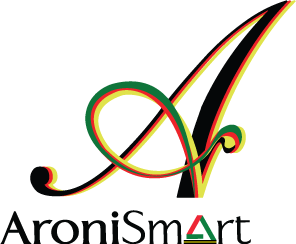Developments in the projector world – especially for home theatre use – tend to move at a glacial rate compared with TVs.
The LS10000?s star feature is undoubtedly its laser light engine which obviates the need for projector bulb change and re-calibration. There were other benefits too: start-up was amazingly quick – it took only around 20 seconds from a keypress of the power button to a watchable image appearing on screen, while shutdown was near-instantaneous. The unit also ran quieter than all other lamp-based projectors we’ve reviewed, with the least demanding [ECO] mode being essentially silent in our test environment.
Even the design is decidedly futuristic despite the projector’s relatively large footprint, with its sleek curvaceous lines resembling a spaceship, and the connection ports well-hidden underneath a detachable rear cover to keep things streamlined. Two HDMI inputs that can accept 4K@60p/ 50p video signals albeit only at 8-bit 4:2:0 chroma (i.e. HDMI 2.0 level b) are provided, of which HDMI1 is compliant with HDCP 2.2 copy protection standard. Lens shift, zoom and focus are all done electronically via the remote control (up to five lens memory setups can be saved), which together with the motorised lens cover adds to the laser projector’s next-gen aura.
The Epson EHLS10000?s list of attractions doesn’t end here. Onboard 3-chip Liquid Crystal on Quartz (LCoQ) technology – a variant of LCoS (Liquid Crystal on Silicon) – promises deeper blacks, and in our testing we found the LS10000?s black level to fall somewhere between JVC’s class-leading D-ILA projectors and Sony’s SXRD models. However, at the other end of the contrast ratio spectrum, the Epson can go brighter than the JVCs, making it a more suitable choice for non-light-controlled rooms, or very large projection screens.
Calibration was straightforward with a profiled Klein K10-A meter, DVDO’s AVLab TPG signal generator and SpectraCal’s CalMAN Ultimate software. The British version doesn’t come with a [THX] picture preset that’s available on its US counterpart, but as was the case with most Epson projectors, “Natural” [Color Mode] was perfectly serviceable as a platform for further image tuning. Using the supplied [RGB] 2-point white balance controls and [RGBCMY] colour management system, we had no difficulty achieving accurate greyscale and colours on our EH-LS10000 review sample. Post-calibration lumens measurement came in at 796 with [Power Consumption] set to “Medium” on our setup.
Embedded within the user menu of Epson projectors is a [Skin Tone] slider, which merely shifted the white balance warmer or cooler, and cannot be used in the same way as the [Flesh Tone] control implemented on Samsung TVs to adjust skin colour hues in a laser-targeted fashion. In any case, flesh tones and general colours looked wonderfully realistic after greyscale and colour calibration without touching the [Skin Tone] control.
























